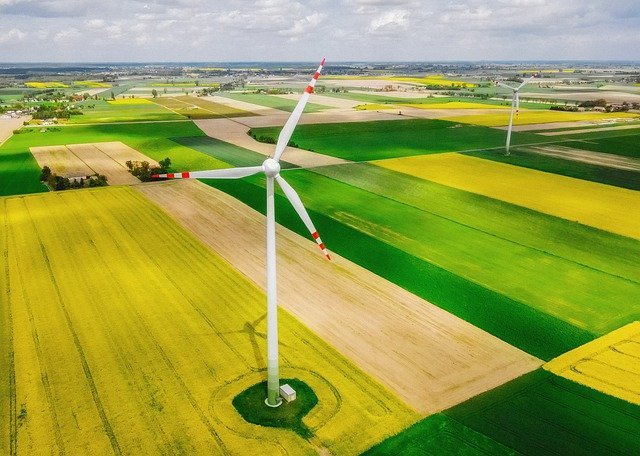Renewable energy’s peak boom is sure to play an essential role in 2021. Although it could take around 30 years to transition to a fully sustainable and strong global energy landscape,
researchers believe we can reach at least 80% worldwide renewable energy generation by We expect the fast paced progress made in 2021 to provide a significant leap forward in electricity generation from alternative energy sources. Here are the 10 clean energy trends to
watch in 2021 and 2022
- Green Hydrogen Is Expected to Grow
Green hydrogen is a fuel produced through the electrolysis of water sources using renewable
energy resources, like solar power or wind power, instead of fossil fuels. Versatility is one of
green hydrogen’s best possible traits. We can use it in either liquid or gas form, and it provides clean electricity or fuel for many industries. Ammonia production, chemical and fertilizer production, food processing, metallurgy, oil refining, steel manufacturing, transportation, and various other sectors can benefit from using green hydrogen.
Even better, hydrogen is virtually inexhaustible which makes it a perfect fit for renewable
sources.
About 90% of all atoms are hydrogen atoms, meaning there’s much more hydrogen than
anything else in the universe. Plus, its only byproduct is oxygen, making it fully pollutant-free.
Many have noted green hydrogen as a key player in drastically reducing global carbon dioxide
emissions or pollution for a long time now. Still, the cost has been a determining factor. With
renewable energy sources becoming increasingly affordable and feasible, green hydrogen is
now cost-competitive. It should therefore play a more important role in the energy industry. In
fact, Australia, Chile, the European Union, Germany, Japan, Saudi Arabia, and the U.S. The
Department of Energy has already committed to making significant investments in the sources of green hydrogen.
- Renewable Energy Production Will Rebound
The majority of renewable energy projects planned for 2020 had to be postponed to 2021 due to the Covid-19 pandemic. Most of those will now be completed in 2021, majorly helping our
renewable energy capacity rebound back to pre-pandemic levels. PV solar panels and onshore wind farm installations, and the commissioning of two huge hydropower projects in China are the major players leading the renewables rebound.
- Gasoline and Diesel Trends Will Dictate Biofuel Recovery
Bioenergy is a renewable energy resource procured from the source of biomass, an organic
matter derived from recently living organic materials found in areas such as ponds and landfills. Biomass generates energy in a range of ways, including burning it to produce heat or by harnessing methane gas to convert it into biofuels such as biodiesel and ethanol.
All Covid-19 lockdown measures have reduced economic activity and the demand for transport fuels which has majorly impacted the global biofuels market. Biogas is expected to recover simultaneously alongside gasoline and diesel fuel, returning to pre-pandemic production levels as long as lockdowns remain lifted.




